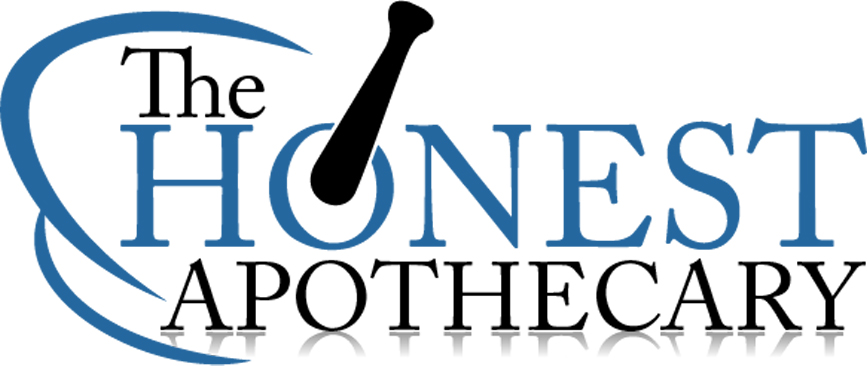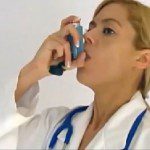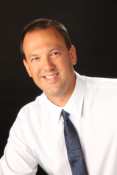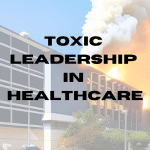As a pharmacist I often spend as much time dispensing “information” as I do dispensing medicine. That’s what I’m here for. And I love it when my patients come to me with questions. One of the most challenging types of question I get is about the utilization of alternative medicine (now usually referred to as Complementary and Alternative Medicine or CAM). These questions are challenging, not because they are hard, but because they don’t often lend themselves to a quick 1 sentence answer.
Complementary and Alternative medicine encompasses a wide variety of fields, and there is no single definitive list that everyone agrees on. For example, the types of treatments often associated with CAM include (in no particular order): herbal therapy and other supplements, acupuncture, massage, chiropractic therapy, aroma therapy, chelation therapy, Reiki, magnetic healing, homeopathy. This is just a small sampling of therapy options that patients may inquire about when talking to their pharmacist.
I’ve been doing this pharmacy thing for over 20 years. During that time I’ve come up with an approach that works for me when trying to talk with patients who are sometimes very enthusiastic about CAM, and at the same time often very skeptical about traditional medicine. The pharmacy is typically not the best environment to engage in a long or heated debate. I try to keep the conversation focused on the main facts, and hopefully give the patient something to think about on their own.
My 5 Tips:
FIRST: Listen. I try to listen carefully to their complaint and concern. I know that in the busy day to day environment of a retail pharmacy, this is often difficult. However, I suspect these conversations may sometimes occur OUTSIDE the pharmacy also. You have friends, family or neighbors who ask about alternative and complementary medication options. We need to listen. Show you care. Ask a few questions.
Many who prefer to use some form of complementary therapy will assume that you are going to brush them off, or are “closed” minded to the whole field. To the best of my ability, I have learned to try and listen and hear them out. Often a patient might expose exactly why they are so against using a more traditional approach. This will help in framing your response. Sympathize as you listen as well. Many patients who turn to alternative medication are doing so because nothing else has worked. They are frustrated and tired of being passed over. Given them a few minutes of your time.
I try to assure them that I am not against “x” treatment or therapy, but just want to see if it is right for them.
SECOND: Diagnosis. What is their medical diagnosis? Do they know? Fundamental to knowing whether any treatment is “good” or “bad” is knowing what you are actually treating. I ask them bluntly “have you been given a specific diagnosis for your symptoms?” I try to help patients distinguish between the “symptom” and the actual problem itself. For those who have been in the medical field this seems obvious. But many patients aren’t able to explain the difference. For example, an “itchy scalp” is a symptom. But the actual diagnosis may be dandruff or it may be head lice. These are two very different conditions with the same symptom, and two very different treatments as well.
One of the myths about traditional medicine, particularly about traditional prescription medications, is that in pharmacy we only treat the “symptom” while other alternative approaches treat the actual disease or cause. The truth is, in my experience, almost always the opposite. Traditional medicine looks first at the patient and for a diagnosis. Then we treat the patient and their disease with a medicine that often also addresses their symptoms. Alternative approaches typically focus on symptoms only.
So, whether a patient comes to me with a symptom, or with a question about a product, my first goal is to move toward discovering the diagnosis.
THIRD: Teach. Step 3 is to try and teach the patients something about that condition, disease or illness. What do we know about it? What facts can I share? Having some reliable statistics readily available to share is often VERY comforting to patients. How many cases of ADHD are diagnosed annually? How common is GERD? How many patients have some form of hypertension? What is the most common age to contract shingles and how long does it usually last? How many patients in the world are currently on a statin? The ability to do this takes a certain commitment to constant education. But it pays big rewards.
Think about it. Many patients get their information about a disease or a drug from their circle of friends and family. If one person in their circle has a bad experience or side effect, they are often inclined to label that medicine as “a bad drug.” Part of the teaching I try to do is about risks and benefits. All treatments carry certain risks. However, doing nothing or using an unproven approach has risks too.
I try and include some teaching about medical “studies.” How do we know if a drug is safe and effective? Evidence. So we do studies. Lots of studies. Lots of patients. What we are looking for are approaches that work for most people. No single drug will work for everyone. No single procedure is guaranteed for everyone. Many patients believe that alternative treatments have no side effects and at least won’t make things worse. Sadly this is far from the truth. What happens when a chiropractor treats a leg pain or back pain for years…when in fact the condition was caused by a slow growing tumor on the brain? What happens when a simply “colon cleansing” leads to a ruptured colon? What about a homeopathic approach to malaria prevention that doesn’t work and patients die? I try to teach my patient that whatever approach they take, it should be based on evidence from well-designed studies.
I often will include some teaching about the infamous “placebo effect.” Treatments, virtually ALL treatments, seem to work better when we think they will work. This is true for traditional medicine too. The placebo effect is VERY powerful. For some conditions, particularly pain, virtually anything you “think” is helpful can make you feel better. Traditional prescription medicine has to prove it works better than placebo. This requires expensive trials, typically over many years. Some alternative therapies simply lack the evidence that they are any better than a placebo.
Teach, teach, teach. Be patient. Have your facts. Explain the goals.
FOURTH: Recommend. Finally, you need to make some sort of recommendation. Do they need to follow up with a PCP and get an accurate diagnosis? I try to persuade my patients to get a diagnosis, then come back and talk to me about the treatments that have been recommended. If they have a valid and reasonable diagnosis, then I try to discover what has been done already and lay out a recommendation that focuses on treatments that have studies to back them up. I share the risks and benefits. We talk about why the benefits often outweigh the risks.
One thing I always try to do is give hope. Many times patients are seeking alternative approaches because they are ready to give up. I encourage getting a second opinion or seeing another specialist. I talk to patients about support groups that may be offered locally.
FIFTH: Follow up. Finding some way to follow up on patients that you have talked to about alternative and complementary medicine is valuable. We might not be able to follow up with all of them, but certainly we can call a few. I offer my business card which has my email address. I invite patients to email me in a week or two about how my “recommendation” has worked out.
Complementary and alternative medicine is a growing area of interest for many patients. I’m not opposed to helping patients explore options that are not prescription drugs. I want them to get the help they need with a safe and effective approach. And as pharmacists I think we can help by talking to such patients, listening to their concerns and offering recommendations based on sound studies and evidence.
©Jason Poquette and The Honest Apothecary. Unauthorized use and/or duplication of this material without express and written permission from this blog’s author and/or owner is strictly prohibited. Excerpts, quotes and links may be used, provided that full and clear credit is given to Jason Poquette and The Honest Apothecary with appropriate and specific links to the original content. .
Altenative Medicine chiropractic complementary medicine Herbs Placebo Effect
Last modified: December 31, 2014
















